Tag: Interesting History
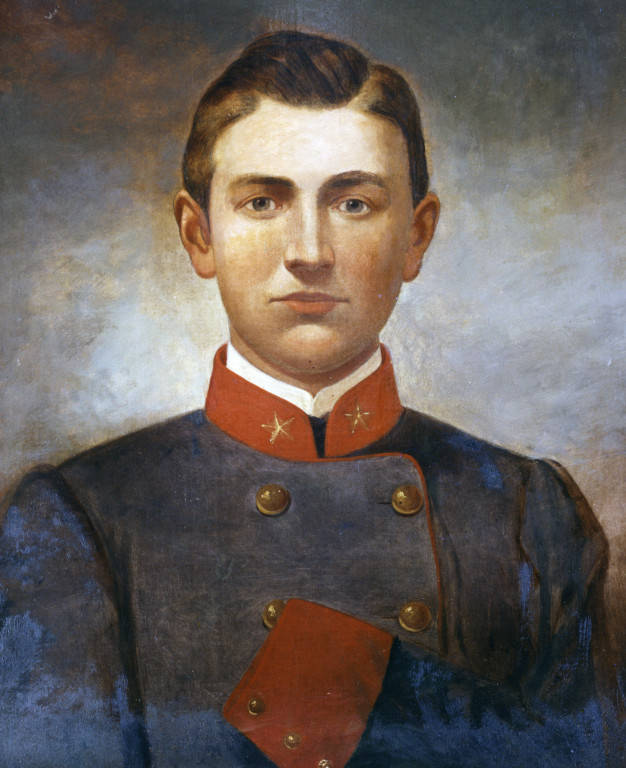
Joseph Latimer and Benner’s Hill
April 8, 2025Joseph Latimer and Benner’s Hill
Joseph Latimer was Born on August 27th, 1843, in Prince William County Virginia. Latimer would go on to study at the Virginia Military Institute (V.M.I). During the beginning of the American Civil War Latimer would first serve as Cadet Drill Master for the Richmond Hampden Artillery. In the fall of 1861, he would be promoted to first lieutenant and would see action with Richard Ewells Division in the Shenandoah Valley Campaign 0f 1862. In March of 1863 he would be promoted to major at just 19 years old. Known for his small stature and young age the major was often called “The Boy Major” by men within the division.
Benner’s Hill is a small rise about 1,400 yards northeast of Cemetery Hill. At the time of the battle the crest of the hill was open with corn and wheat being grown on the hill. The hill was part of Christian and Susan Benner’s 208-acre farm (the family lived closer to Wolf’s Hill). On the first day of the battle the 35th Virginia Battalion of Cavalry would report Union forces near the hill. These forces would play a factor in delaying Richard Ewell on the evening of July 1st.
On the morning of July 2nd Major Latimer would ride along the Confederate left looking for a platform to allow his batteries to engage union batteries on Cemetery Hill and Culps Hill. He would eventually settle on Benner Hill his only real option. In the late afternoon the pieces of Latimer’s Battalion would open on Cemetery Hill and Culps Hill. His artillerymen would be outnumbered by the responding union pieces Benner Hill was quickly becoming a disastrous place to be. The 1 ½ hour duel would begin to tear apart Latimer’s guns. Near dusk some brigades of Major General Edward Allegheny Johnson would march through Latimer’s remaining guns on their way to Culps Hill (the guns would go quiet only for a few moments while this happens). Around this time Latimer would be struck by a piece of artillery shell that would pierce his left arm and kill his horse with the horse then pinning him to the ground. By the end of this fighting only 4 guns would remain on Benner’s hill.
The boy major would have his arm amputated and he was evacuated with the army to Winchester. Fearing the approach of the union army the confederates would move Latimer to Harrisonburg Virginia where his wound would eventually become gangrenous and he would die August 1, 1863, 3 weeks shy of his 20th birthday. The men who served with him would eventually purchase a headstone monument for his burial site. Benner’s Hill today is a quiet spot on the battlefield it is not as heavily visited as other popular spots on the battlefield but is just as packed with history as any spot on the battlefield. To reach Benner’s hill head east on York Street, continue straight onto the Hanover Road. Follow the Hanover Road and turn Right onto Latimer Avenue You are now at Benner’s Hill.
Sources
https://emergingcivilwar.com/2016/03/01/gettysburg-off-the-beaten-path-benners-hill/
https://gettysburg.stonesentinels.com/battlefield-terrain/benners-hill-terrain/
Myers, David Thomas, The Boy Major of the Confederacy, Joseph White Latimer, Sprinkle Publications, Harrisonburg, VA, 2006
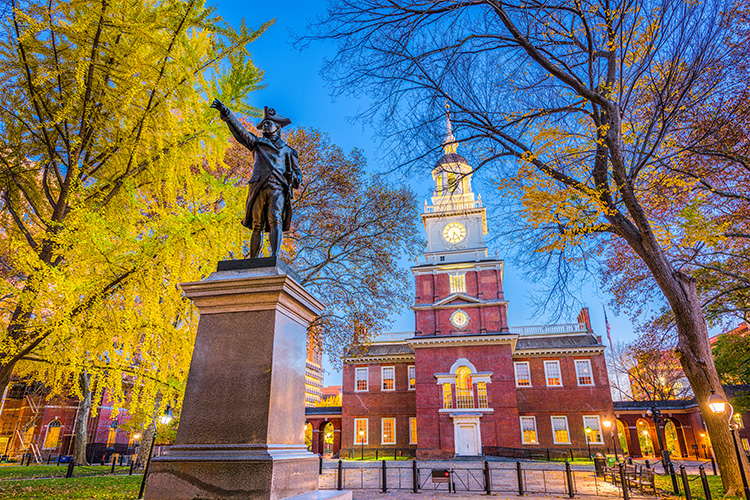
Historic Philadelphia Motor Coach Bus Trip Saturday, June 7, 2025
April 1, 20256/7/2025
Join us in Philadelphia to see the sights and hear the stories of the American Revolution.
The day trip includes a tour of the Betsy Ross House, tickets to the Museum of the American Revolution, Independence Hall and the Liberty Bell and an early dinner at Reading Terminal Market.


7:30 AM: Depart from the Gettysburg Tour Center (parking available)
Your first stop in Philadelphia will be at the Betsy Ross House followed by lunch and a visit to the Museum of the American Revolution. With our new found knowledge it’ll be time to Let Freedom Ring! with a visit to Independence Hall and the Liberty Bell.
You hungry historians have worked up an appetite so now let’s go to the Iconic Reading Terminal Market for dinner on your own at one of dozens of famed dining options before our return.
8:30 PM: Arrival back at the Gettysburg Tour Center
Purchase tickets at https://www.gettysburgbattlefieldtours.com/event/historic-philadelphia/
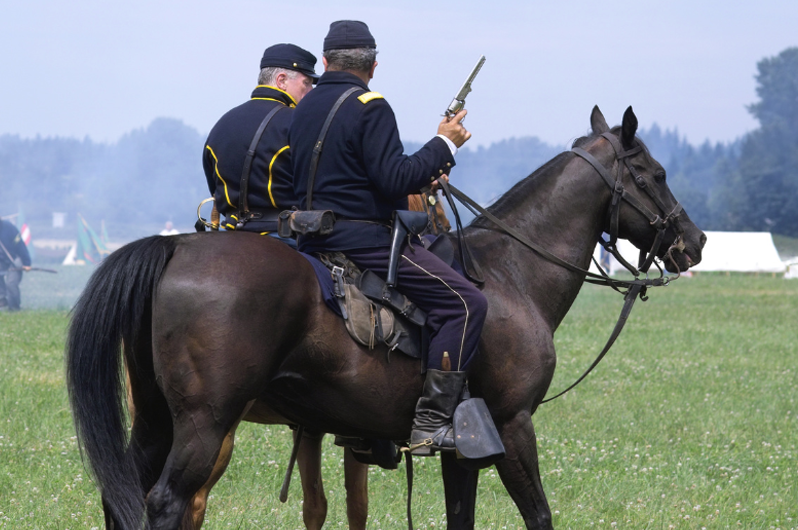
More Fascinating Facts You May Not Know About the Battle of Gettysburg
January 14, 2025At Gettysburg Battlefield Tours, we pride ourselves on our deep knowledge of the Battle of Gettysburg and its enduring legacy. But even those familiar with this pivotal event in American history may not know just how extensive its impact truly was, or be aware of its fascinating facts.
Today, we’re sharing ten more of those fascinating facts—both well-known and lesser-known—about the Battle of Gettysburg. From the battlefield’s unique scale to its lasting influence, these stories highlight just how monumental those three days in July 1863 were.

Thanksgiving at Gettysburg: Lincoln’s Call for Grace, Unity, and Peace
November 20, 2024Thanksgiving is a time for reflection and gratitude. For many, it is a holiday steeped in tradition, and a time for family gatherings. But there is another layer of significance that binds Thanksgiving to one of America’s most poignant historical moments – the Battle of Gettysburg and President Abraham Lincoln’s powerful call for grace, unity, and peace.
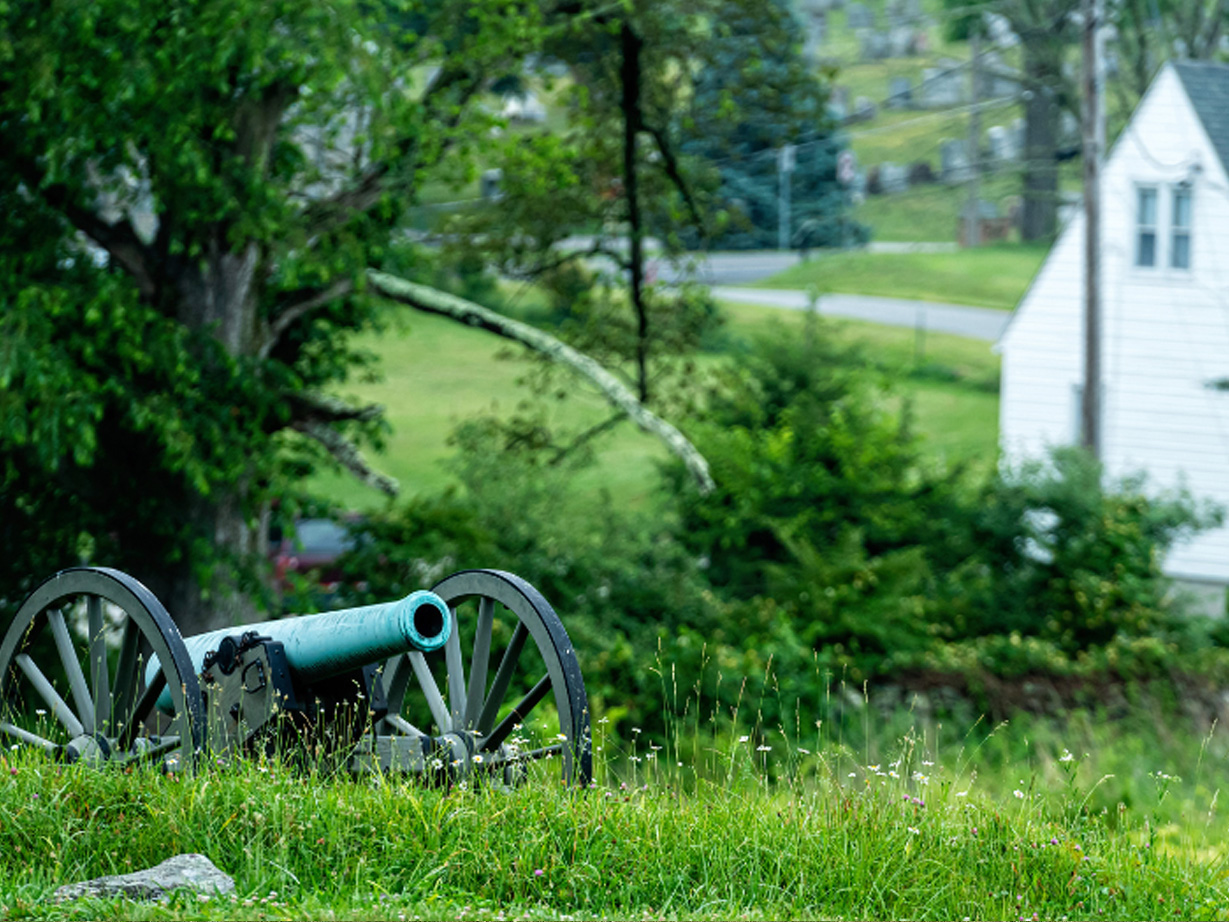
12 Interesting Historical Facts About Gettysburg
June 30, 2024Picture this: you’re standing on the hallowed ground of Gettysburg, feeling the weight of history pressing down on you. But beyond the well-known stories of valor and sacrifice lies a treasure trove of lesser-known historical facts about the Battle of Gettysburg. Curious to uncover some of these hidden gems? Let’s dive in!
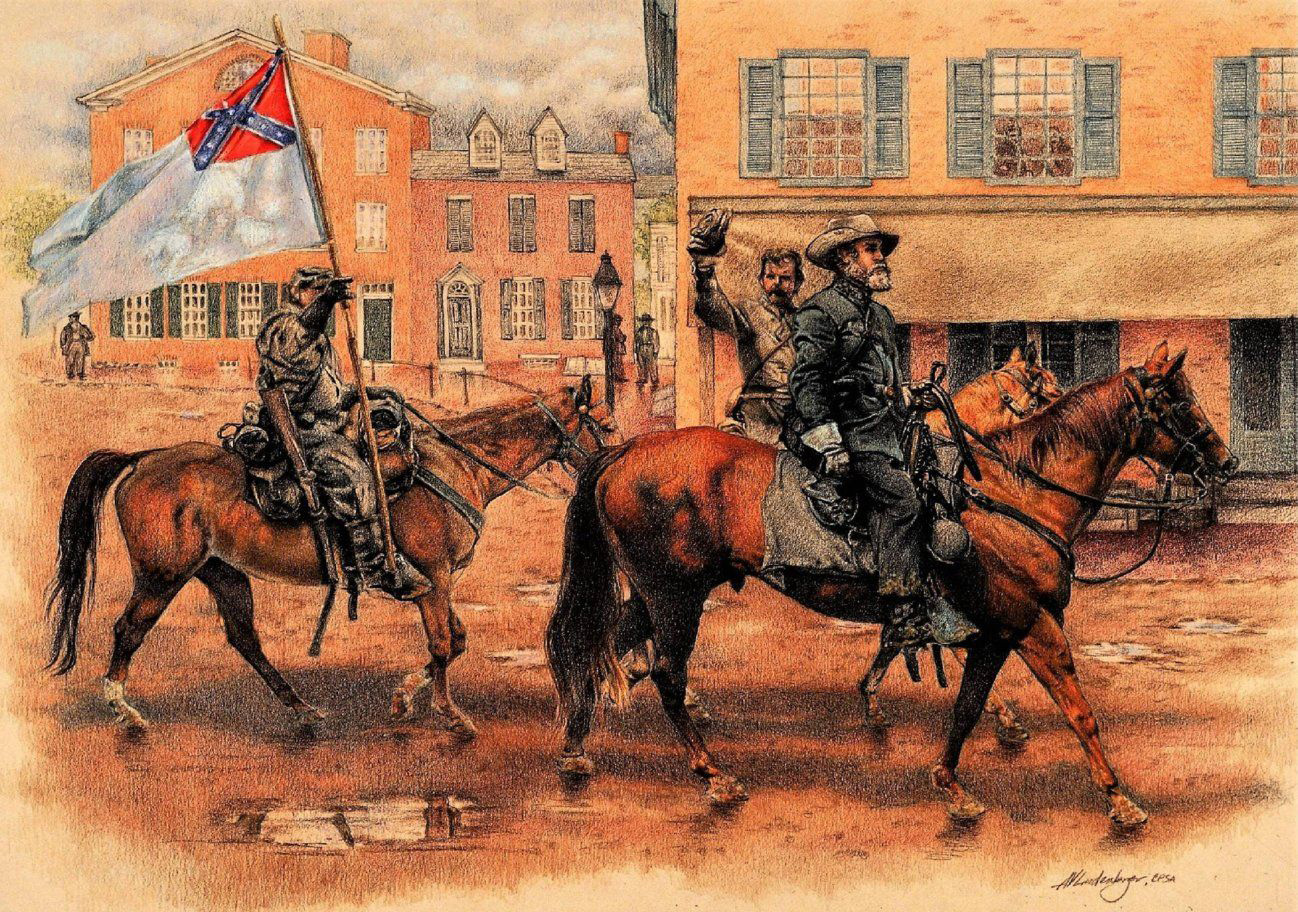
The Confederate Conquest of Gettysburg – How The Town Was Taken
February 28, 2024Southern Victory and the Conquest of Gettysburg
The Invasion Begins
After his success at Chancellorsville, Virginia in May 1863, General Robert E Lee led his army through the Shenandoah Valley to begin his second invasion of the North—what would later be known as the Gettysburg Campaign. Lee wanted to move the focus of the summer campaign away from beleaguered northern Virginia, and to strike a blow against Union morale by penetrating as far north as Harrisburg.